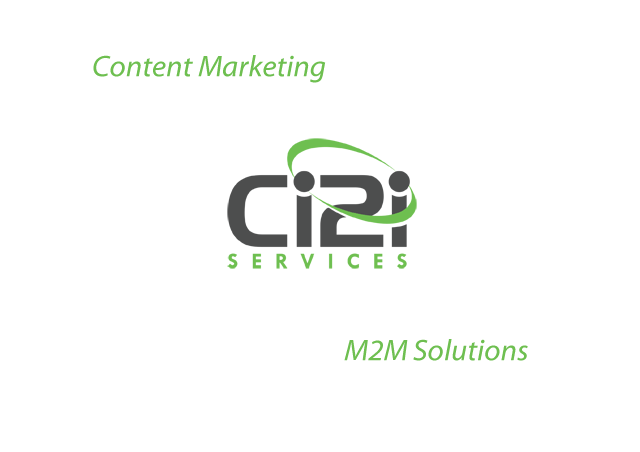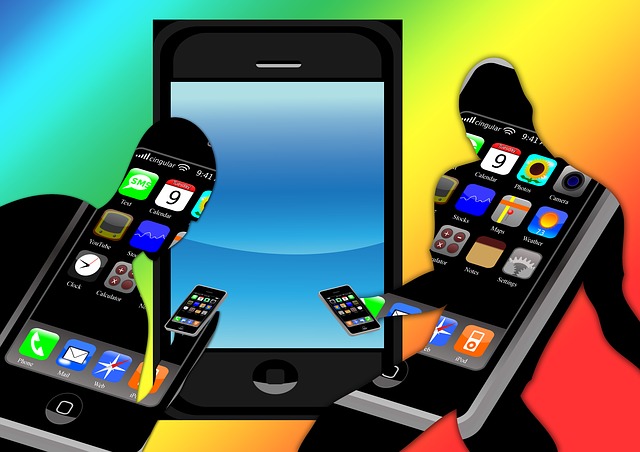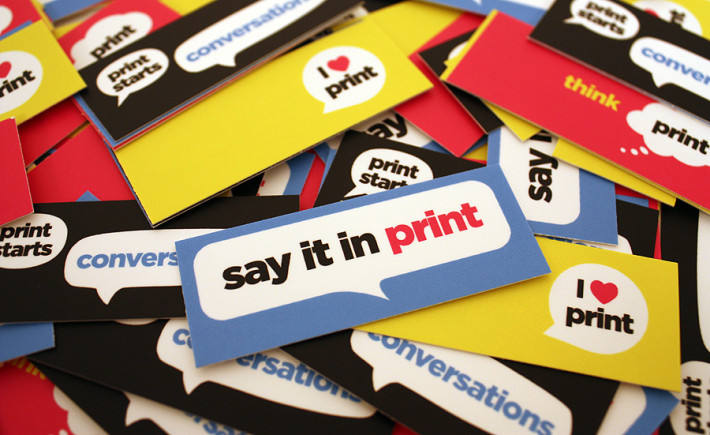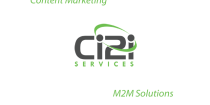After two decades of marketers devoting the majority of their creative and fiscal resources to individual products, we see a rapidly growing focus on telling a story at the corporate level. Major companies, whether in B2B or B2C, are stepping up their corporate brand-building.
Procter & Gamble has been the most recent champion of crafting and telling the parent story, beginning with the 2010 Olympics campaign “Proud Sponsor of Moms.” Long content to let its corporate brand be defined by the handful of its powerhouse portfolio of brands like Tide and Pampers, P&G’s positioning of 34 of its brands under its corporate umbrella was a first for the company. It was the company’s biggest corporate campaign ever and the first to run on a global basis.
Beyond P&G, a series of CPG players such as Unilever and SC Johnson have stepped up visibility for their corporate logos, tag lines and messages. Even product-marketing leader Coke has been emphasizing its brand parent story, with a new corporate-wide website that talks about the impact of all its brands, focusing on the values and mission of the entity that binds them together.
However, the shift to messaging the parent company is bigger than consumer goods, and applies across multiple industries. ExxonMobil, Dow, Google, and IBM to name a few — have all upped the messaging on their unifying corporate story. In fact, Kantar Media data shows that corporate advertising dollars grew to 17% in 2012 versus just 3% percent for total ad spending.
The trend applies whether the corporate structure is a “parent” brand like P&G or General Motors; an “asymmetrical” structure like Johnson & Johnson or Bank of America, where the parent shares identity with one of the business units; or a “masterbrand” structure like GE or IBM. Google, an asymmetrical structure, has increased emphasis on messaging the total story as well as increasing the usage of the parent name to better unite its diverse services, for example, changing Froogle to Google Shopping. Microsoft’s new brand identity was crafted to better visually connect its distinct offerings such as Surface, Windows, Bing and others, uniting them as part of a more coherent parent. Masterbrand leaders, too, such as IBM and GE, are also continuing to invest in a single corporate-level story.
Why the new focus? People matter as much as products. In today’s radically transparent business environment, understanding a company’s integrity, values and, most importantly, intentions, matters more than ever. For customers, the purpose of the company can often be as important as the performance of its products. For employees, there is a heightened need for a corporate brand that connects.
Visible in our professional and social spheres as it has never been, what our company stands for can be as important a public signal of who we are as the car in our driveway or the watch on our wrist. For the general population, where information is always at our fingertips, divisions or brands of companies can no longer be easily siloed or shielded. Corporations need to build a reservoir of image goodwill that can serve as a buffer if a crisis arises. And to the investor community, in the age of Jim Cramer and CNBC, a powerful parent brand can send clear signals to an investor base that is increasingly diverse. Indeed, for institutional investors who now search an increasingly broad global playing field for the best investment story, a clear corporate brand direction and set of guideposts is an important signifier.
How to build the corporate brand? The message must:
1. Be owned from the top. Today’s corporate brands are best viewed as a strategic management tool, as opposed to just a corporate communications effort.
2. Be rooted not just in your brand’s unique story, but in the experience you create. A unique experience — one that can be echoed in consumer-generated media — is as important in building the corporate image as the story you convey.
3. Celebrate the parent company’s personality. A great “corporate” brand today is not an institutional brand; it needs an approachable, vital and human voice.
4. Unite your employee base across businesses in a common purpose. Today’s focus needs to be as much internal as external; corporate marketing leaders must team with their HR, communications and business partners to provide them with powerful tools and approaches to capture employee hearts and minds, to inspire them to know and deliver the total company brand story.
The imperative is clear: it’s time, again, to proactively manage your corporate brand, or run the risk of others doing it for you.
[via AdAge]




